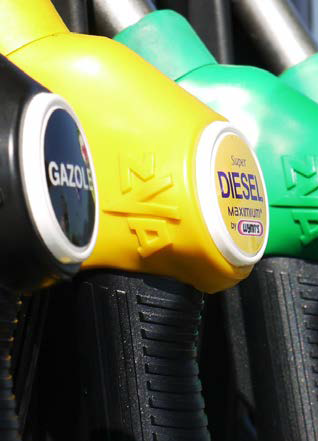The CHNS content of liquid fuels serves as an indicator of quality and fuel value. Liquid fuel samples can be analyzed in capsules with the vario EL cube elemental analyzer in its standard set-up.

Image Credit: Elementar Americas Inc.
Samples of 10 - 20 mg liquid fuel are weighed into tin capsules flushed with pure oxygen as they are sealed to avoid ambient air inclusions. The daily factor has been determined using sulfanilic acid and stearic acid.
Source: Elementar Americas Inc.
| Sample |
C [%] |
H [%] |
N [%] |
S [%] |
| Fuel-1 |
85.05 ± 0.04 |
10.46 ± 0.02 |
0.302 ± 0.001 |
3.352 ± 0.008 |
| Fuel-2 |
85.68 ± 0.05 |
10.72 ± 0.01 |
0.366 ± 0.006 |
2.373 ± 0.012 |
| Fuel-3 |
84.89 ± 0.40 |
12.51 ± 0.06 |
0.027 ± 0.003 |
1.427 ± 0.032 |
| Fuel-4 |
86.19 ± 0.09 |
13.06 ± 0.01 |
0.004 ± 0.003 |
0.104 ± 0.014 |
High-precision analysis is possible with all fuels. For example, a sulfur content of 1000 ppm could be easily distinguishable from the background value.
IR detection can be applied for SO2 to allow even higher sensitivity.
The analysis results show that the vario EL cube elemental analyzer in its standard set-up is highly suitable for liquid fuel analysis. As an alternative to the standard instrument configuration, manual or automatic direct liquid injection is optionally available.

This information has been sourced, reviewed and adapted from materials provided by Elementar Americas Inc.
For more information on this source, please visit Elementar Americas Inc.